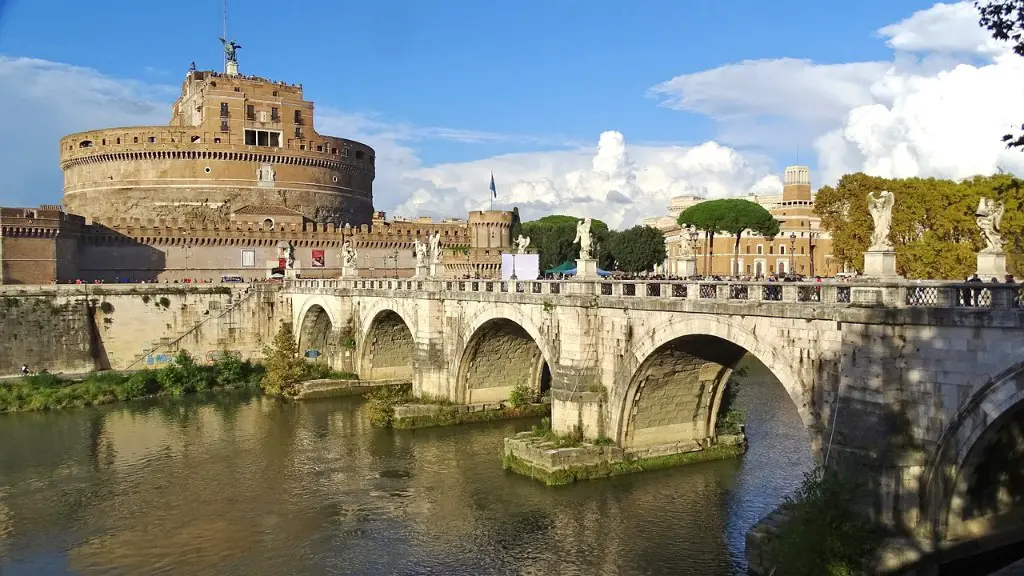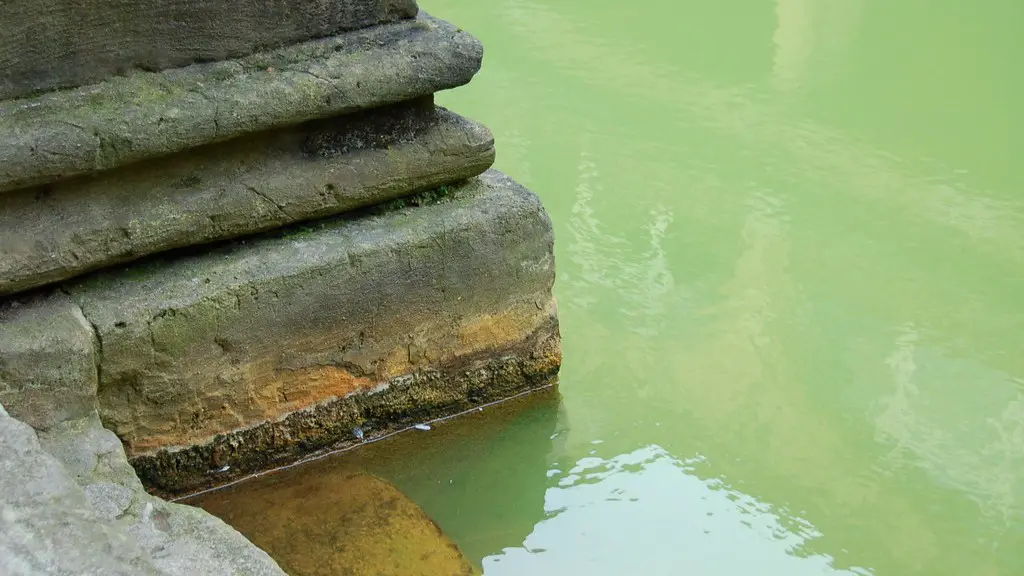The Punic Wars were three battles fought by the Roman Republic against the Carthaginian Empire from 264 BC through 146 BC. The conflicts ended in the Roman Republic taking control of North Africa and parts of the Mediterranean Sea. The name of the wars and the violence between Romans and the Carthaginians was so pronounced that the Latin word for “bitter”, punicus, became synonymous with enmity.
The immediate cause of the wars was the conqueror and Carthaginian general, Hannibal’s attack on the Roman-allied city of Saguntum in Spain. Hannibal was later appointed by the Carthaginians to lead the military campaigns against the Romans. Hannibal’s powerful attacks came as a tremendous shock to the Romans, as they had never encountered such a bold and cunning strategist.
The Second Punic War was a conflict of attrition between the confederate forces of Rome and those of the then still powerful Carthaginian Empire. It was the most intense and longest of the Punic Wars and lasted almost 17 years. It marked a point where the Roman Republic began to show dominance over the Mediterranean region. The conflict erupted when Rome attempted to intervene in a dispute in Saguntum, a Roman ally and a city that lay in the disputed area between the two powers.
In the Third Punic War, the last and most brutal of the Punic Wars, the Romans attacked and eventually destroyed Carthage. Rome’s military campaigns in parts of Africa and the Mediterranean were perhaps the most impressive in the world. The Romans displayed their awesome military might and power through their use of skilled forces including infantry, cavalry, and siege engines. The Romans’ total defeat of the city of Carthage was the result of a successful siege campaign that lasted nearly three years.
The impact of the Punic Wars on the Mediterranean region was substantial. Rome emerged as the master of the Mediterranean, extending its influence from Egypt to Spain and from North Africa to Greece. Furthermore, the wars contributed significantly to the development of Roman civilization, with the army and governance becoming increasingly professional. Rome had become more militarized and more organized. Roman expansion also included large-scale engineering feats, new technologies, and sweeping legislative reforms.
Today, the legacy of the Punic Wars has been remembered in many forms, particularly through the writings of Roman historians. Roman culture was heavily influenced by the Punic Wars, and its impact can still be seen in the language, politics, and culture of Rome. Kids studying in schools learn about the Punic Wars, with historians often recreating the battles in their minds. Further, many cities and streets in Italy, Spain, Sicily, and North Africa are named after battles or regions in which the Punic wars took place. There is no doubt that the impact of the Punic Wars on the ancient world was immense.
Impact on Economy
The Punic Wars’ influence extended to the economic sphere, with the conflict having a major and lasting impact on trading patterns throughout the Mediterranean region. Because the wars pitted two of the most powerful trading empires of the time against each other, trade and commerce was severely disrupted. The Roman blockade of the Carthaginian ports, for instance, caused severe trade disruption and financial hardship for many cities, including Sicily and North Africa. Furthermore, the conflict had severe financial consequences for both parties, with the Roman republic in particular being hit hard as a result of the enormous sums spent on the military effort.
The financial toll of the wars also weakened the political stability of the Roman Republic. While prolonged war efforts strained the republic’s finances, it was the distribution of the spoils of war that caused the greatest political upheaval. Public outrage at the alleged unfairness of the senate’s award of Sardinia and Corsica to plebeian families, and the subsequent distributions of the booty sparked a political crisis that shook Roman society. This ultimately led to the rise of the Gracchi brothers and contributed to the political and military reforms of Marius and Sulla in the mid 1st century BC.
At the same time, the conflict spurred economic growth and innovation in many areas. The war effort itself created demand for goods such as horses, foodstuffs, weapons, and uniforms, prompting the diversification and expansion of manufacturing. The expansion of the Roman navy, for instance, helped push the innovation of ships and led to the development of new naval strategies. Additionally, many of the new territories acquired by the Romans were rich in mineral resources, opening up new opportunities for trade and commerce.
Social Impact
The Punic Wars had a far-reaching impact on Roman social life as well. The Romans’ victory in the Third Punic War, in particular, brought to the Republic a large concentration of wealth and power. The new wealth, both real and symbolic, concentrated in the hands of the ruling elite, created opportunities for the rise of a new class of the wealthy and powerful. The social elite of Rome thus began to enjoy a lifestyle that was almost unimaginable to the ordinary citizens. This wealth and power gave rise to many of Rome’s great political figures, including Julius Caesar and Marcus Aurelius. Additionally, the war effort put increased pressure on the average Roman citizen, with the average family having to pay increased taxes for the upkeep of the army and navy. This created resentment and unrest among the plebeians, with the Gracchi Brothers leading uprisings against the wealthy class.
The Punic Wars also helped shape the Roman attitude towards slavery. The republic’s victories in the wars resulted in large numbers of captives taken from the defeated Carthaginians and their allies. Many of these captives were forced into slavery, as the Roman elite sought to benefit from the increased availability of labor. As a result, slavery became an integral part of Roman society, with the number of slaves increasing exponentially in the late Republic and early Empire. This was the case up until the reforms of Emperor Hadrian, when slavery was gradually abolished in the Roman world.
Conclusion of Conflict
The conclusion of the Punic Wars brought a new era of peace and prosperity to the Mediterranean region. The Romans had finally achieved their goal of expanding their power and influence to the near east and had unified most of the eastern Mediterranean under Roman control. While the wars were costly for Rome, the Republic had firmly established its power and control in the region and had laid the foundations for further imperial expansion.
The end of the conflict also brought an end to the long-standing enmity between Rome and Carthage. After a peace treaty was signed, both empires established diplomatic relations, with Carthage even becoming an ally of Rome in some cases. This peace was to endure for a long time, with the two empires eventually merging into one in the late 3rd century AD.
The Punic Wars will undoubtedly remain one of the most important events in Mediterranean history, with the conflict having a major and lasting impact both on the ancient world and the world we live in today. Its legacy can still be seen in the language, culture, and politics of many nations in the Mediterranean region.
Strategies Utilized
One of the major factors that contributed to the outcome of the Punic Wars was the strategies used by both the Romans and the Carthaginians. While the Carthaginians relied heavily on their naval power, the Romans utilized a variety of strategies including the use of small, mobile forces and innovative siege tactics.
The Romans’ use of small forces allowed them to quickly mobilize and move around the strategic theatres of war, outmaneuvering the larger Carthaginian forces. Meanwhile, the innovative siege tactics of the Romans allowed them to besiege heavily fortified cities with great success. This was exemplified in their successful siege of Sardinia in 151BC.
The Carthaginians, on the other hand, placed greater emphasis on their powerful navy, and relied heavily on their maritime abilities to protect their ports and dominate the Mediterranean. The application of their naval strategies allowed them to gain and maintain the advantage over their opponents in many cases, while the reinforcement of their forces by Hanno the Great provided them with an edge over the Romans in the late stages of the Second Punic War.
Military Advances
The Punic Wars also saw significant advances in military technology and tactics. The Romans, for instance, developed new weapons such as the pilum and carrhea, while their armies utilized innovative tactics such as the ‘tortoise formation’ that allowed them to ward off enemy counterattacks. Furthermore, Roman engineer, Vitruvius, developed new siege engines including catapults that could launch projectiles over long distances. This allowed the Romans to essentially ‘pound’ their way into walled cities, allowing them to take them with greater ease.
The Carthaginians, on the other hand, developed new weapons such as the scythed chariot and crescent shield, as well as the feared war elephants. Furthermore, the Carthaginians were able to keep their naval power despite the loss of their bases and the disruption of their trading networks, ensuring the Romans did not gain full control over the Mediterranean.
The advances in military technology and tactics are still evident today, with many of the tactics and weapons utilized by the Romans and the Carthaginians still in use in modern warfare. The story of the Punic Wars serves as a reminder of the importance of innovation and creativity in warfare and the crucial role it plays in determining the outcome of battles.
Legacy of Wars
The legacy of the Punic Wars has endured long after their conclusion. The conflict has inspired literature and art, with the likes of Virgil’s Aeneid and the paintings of Michelangelo paying homage to the bravery of the Roman and Carthaginian soldiers.
The wars also had a lasting impact on the Mediterranean region, with the Roman victory establishing a lasting foundation for the region’s political and cultural landscape. The political, social, and economic systems of the Mediterranean world were heavily shaped by the war, with the Republic’s victory paving the way for imperial expansion and the development of Roman culture and law.
In short, the Punic Wars are remembered as one of the defining moments in Mediterranean history. The conflict serves as a reminder of the tremendous power of warfare and reminds us of the importance of innovation and creative thinking in any conflict.





